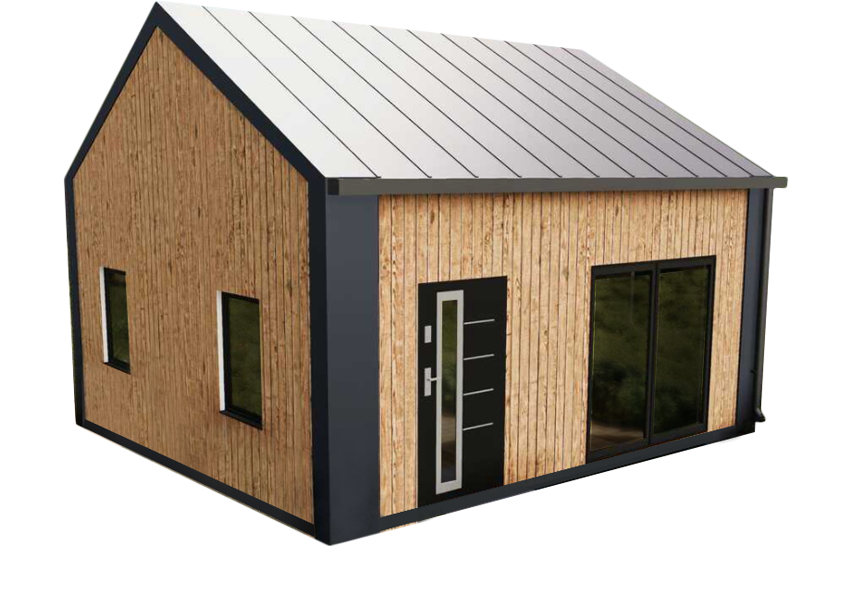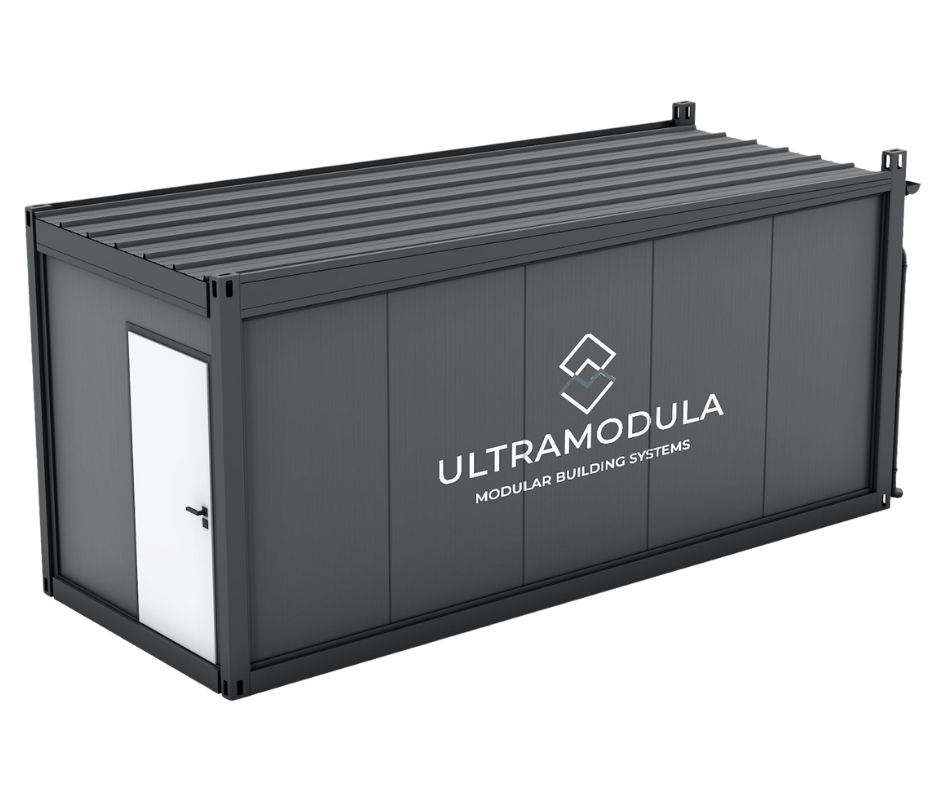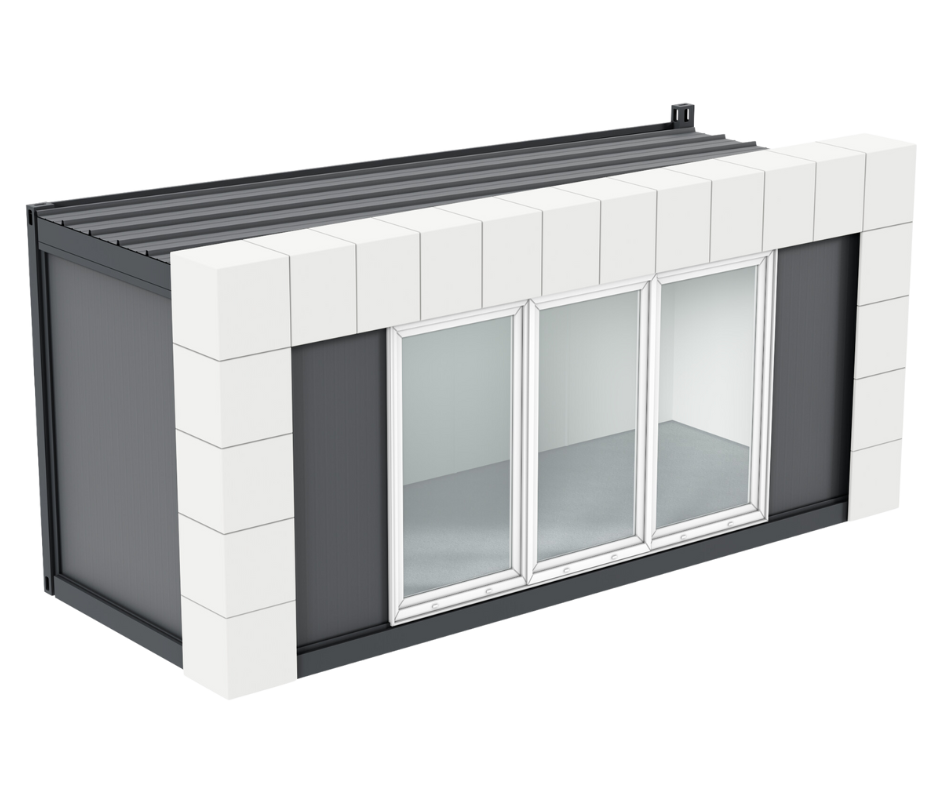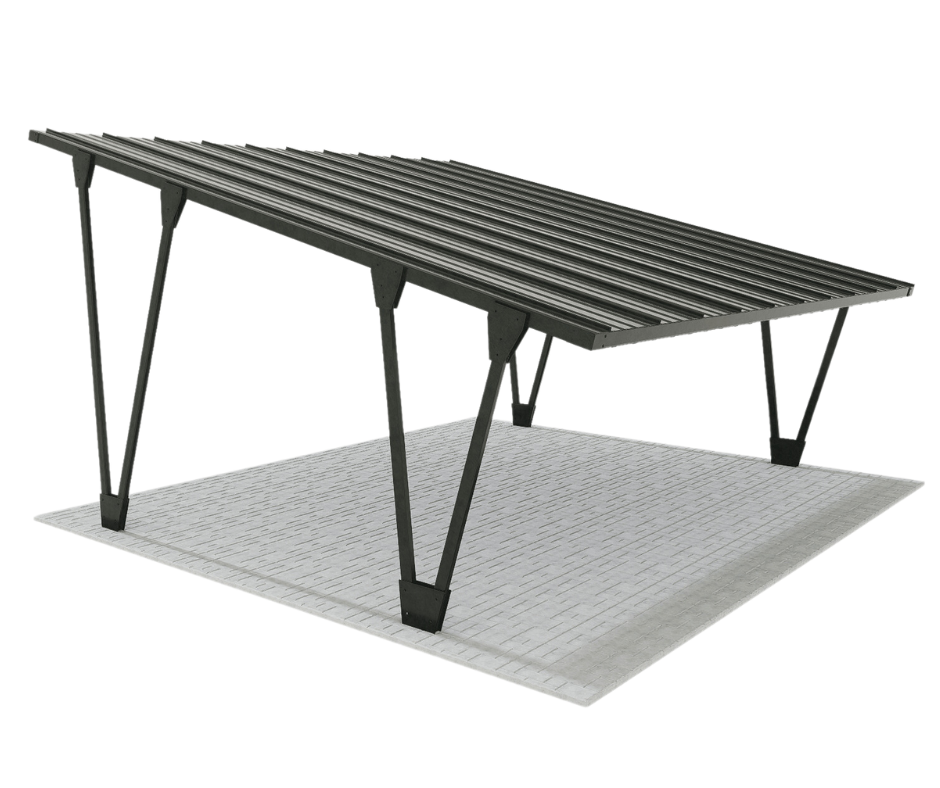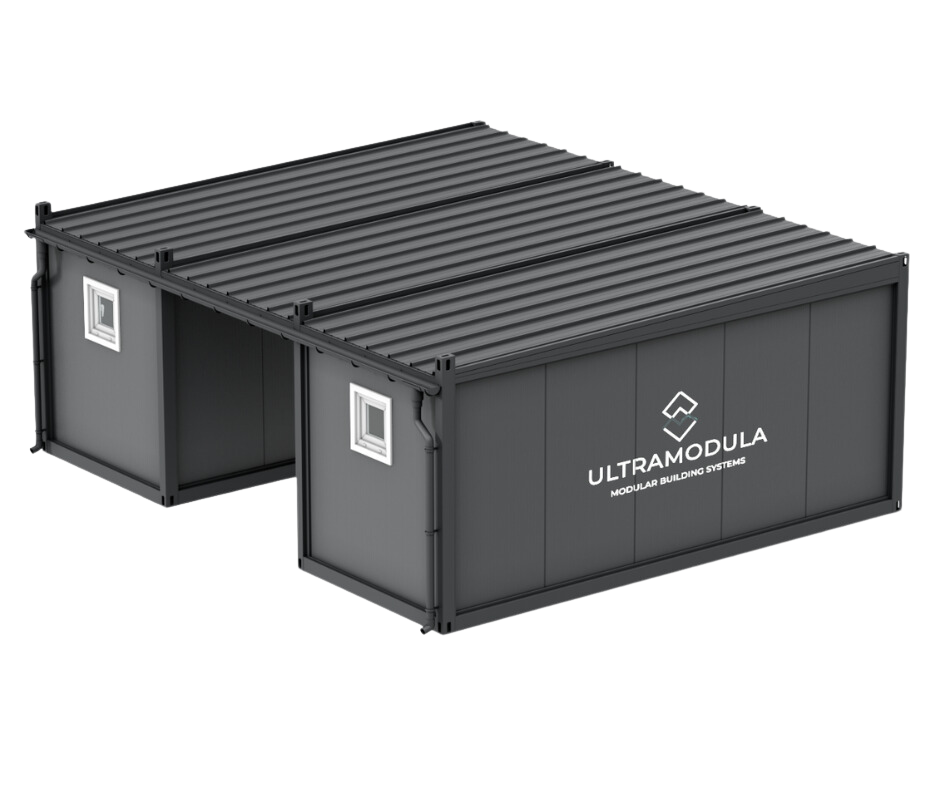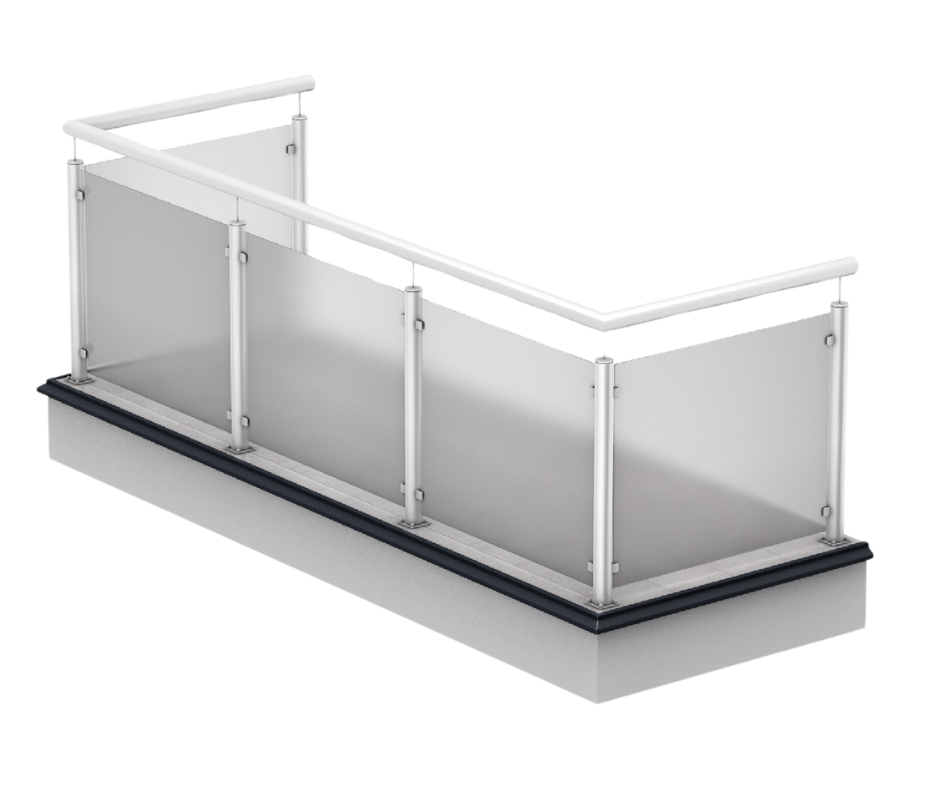From the very beginning of its existence, the film industry has been looking for new ways to surprise viewers, build fascinating worlds and create unforgettable scenes. However, while cinema remains an art, filmmaking is also an industry that constantly strives for cost efficiency and achieving increasingly stunning results while optimizing budgets.
One innovative approach that has been gaining popularity in recent years is the use of containers as invaluable tools in the film production process. Containers, which were initially designed to transport goods around the world, have now become an inseparable element of the film landscape, offering unlimited possibilities in creating scenes and decorations. The history of their use in the cinematographic industry is not long, but dynamic. Initially, containers were mainly used as cheap and durable rooms on film sets, serving as a place of shelter for film crews during long-term productions. However, their potential began to be noticed much more widely with the progress of film production technology. Containers have evolved into versatile tools that enable filmmakers to realize even the most demanding visions, while offering a number of economic and logistical benefits.
Advantages of using containers in the cinematography industry
Using containers in film production as scenes and decorations brings many benefits. Z Their mobility and flexibility allow for the creation of various scenography on various shooting sets, and low production costs reduce expenses, which translates into more effective use of the film budget.
Quick installation, low costs
In the film industry, like in any other business, time is often the most valuable resource - literally every minute counts. That's why containers are such an important advantage as elements construction scenes is the speed and ease of their assembly. This also translates into lower overall costs. Another important factor influencing the low price of containers is the way they are manufactured. They are prefabricated, which means that the entire production process takes place in the factory, away from the final assembly location. The finished modules are then delivered to the filming set and installed on site. This process significantly reduces, among other things, labor costs.
Mobility and flexibility
When we think about film production, we often imagine huge sets, exotic locations and unique set designs. However, what really allows you to achieve these spectacular effects is the mobility and flexibility that film containers offer. The containers are portable, which means they can be easily transported to different filming locations. They have been designed to be easily transported. Transporting them from one place to another does not require very specialized equipment - just a car with HDS. This gives directors and set designers greater flexibility in creating different film environments, regardless of location.
Film containers are available in various sizes and configurations, which allows for flexible adaptation to the needs of each production. Thanks to this, there is no need to invest huge sums in the construction of permanent facilities. Containers can be easily transformed into a variety of decorations and interiors, giving filmmakers the opportunity to save time and money. Moreover, if the direction of the project changes or it turns out that certain scenes require modification, the containers can be easily rearranged without having to dismantle and rebuild the entire set from scratch.
Ecological
Conventional methods of building film sets can generate huge amounts of waste, use large amounts of energy in production, and thus contribute to high greenhouse gas emissions. Durable, steel containers can be used repeatedly for different films, which reduces the amount of waste generated during cinematographic production. Containers can be easily converted and adapted to new projects, which means you don't have to constantly produce new materials. This helps to reduce the negative impact of the film industry on our planet.
Techniques for arranging containers for stages and decorations
One of the main advantages of containers is their universality, which allows for wide possibilities of modification and personalization. This is the key to success when building sets and movie sets. Containers can be equipped with windows, doors and glazing of various sizes. You can easily design a dedicated functional interior layout by adding partition walls or adding additional modules. Elements such as the external finish, both in terms of color and cladding (e.g. wooden boards), the location of doors and windows, and even the type of roof covering, are also subject to personalization. Containers are an ideal surface for creating various interiors, from houses to offices, shops, and even mysterious laboratories or royal palaces. Their versatility means they can be adapted to almost any film scenario.
Rebuilding and combining containers
Containers can be adapted to various production needs by changing their shape and size. Using specialized equipment and techniques, they can be combined to obtain desired dimensions and configurations. This allows you to create more effective shooting sets and provide adequate space for the film crew. However, it is worth making sure that the modules you choose have an appropriate structure - only some of them can be stacked. In order for the whole thing to be stable and allow containers to be stacked one on top of the other, the structure must be extremely durable. In good quality models, the frame is welded from cold-formed sections with a minimum thickness of 4 mm, and the columns are made of solid sections (also cold-bent). In order to strengthen the whole, they are screwed to the upper and lower frames. To stiffen the entire body container the floor is made of OSB boards - its thickness should be approximately 20-22 mm.
The most important element of combined containers are certainly well-designed fastening systems. Connecting individual objects together is possible thanks to special tightening handles. It is important to choose a solution from an experienced supplier, because only the best quality connectors ensure connection stability and durability.
Interior decoration
Containers can be transformed into realistic interiors that perfectly reflect the director's vision and set designers' ideas. With careful design and the use of appropriate furniture and props, you can create compelling spaces residential, office or commercial. This approach allows actors and crew to work in an authentic setting, which adds to the authenticity of the production.
Painting and various decorating of containers
Painting and decorating containers are key elements of the process of creating movie scenes and decorations. Painting allows you to create realistic backgrounds that will fill the film set. By selecting specialized paints and painting techniques, you can achieve stunning effects and various types of textures that will give containers expected character.
Decorating containers gives filmmakers a lot of scope, allowing them complete freedom in creating not only backgrounds, but also integral parts of the film world. Small details can make a huge difference in the appearance of the objects being built: for example, adding decorative grilles on windows or stylish ones balustrades, flower beds or decorative lamps can transform container into any building. These additions give the containers a unique character and make them more believable in a film context.
Examples of the use of containers in the cinematographic industry
Theory is important, but the possibilities of using objects are wide container in film productions, they best reflect the realizations - some of them are truly spectacular.
- “Mad Max: Fury Road” (2015)
In this post-apocalyptic film directed by George Miller, containers played a key role in creating realistic and immersive scenes. One of the most spectacular examples was Immortan Joe's stronghold, which was constructed of several containers stacked on top of each other. This location became the focal point of the film's action and a visually arresting center of attention.
- “The Dark Knight” (2008)
In the third part of Christopher Nolan's Batman trilogy, containers became the heroes of the Joker's transport scene. They were an important element in building the atmosphere of horror, creating a dangerous environment in which the fight between Batman and the Joker took place.
- “Prometheus” (2012)
In Ridley Scott's film, containers were used to build futuristic spaceship interiors. These have been transformed into different sections of the ship, creating an incredible contrast between modern technology and space.
- “The Maze Runner” (2014)
The film based on the popular book series used containers to create a mysterious maze, which was the main arena for the characters' gameplay. The containers acted as the side walls of the maze, creating a complex and claustrophobic area.
Creativity has no limits
In the face of increasingly demanding viewers' expectations, the use of containers opens new horizons of creativity for cinema creators. This tool makes it possible to transform simple objects into spectacular action scenes, where the film story takes on a unique character. The growing number of films that use containers as an integral part of their production proves that this trend is not just a fad, but a permanent element of the changing film industry.
As the cinematography industry strives to raise the bar in special effects and storytelling, innovation in the use of containers continues to inspire creators to experiment and create unforgettable films. By using containers, directors and set designers not only save time and budget, but also act in the spirit of ecology and care for the natural environment.

